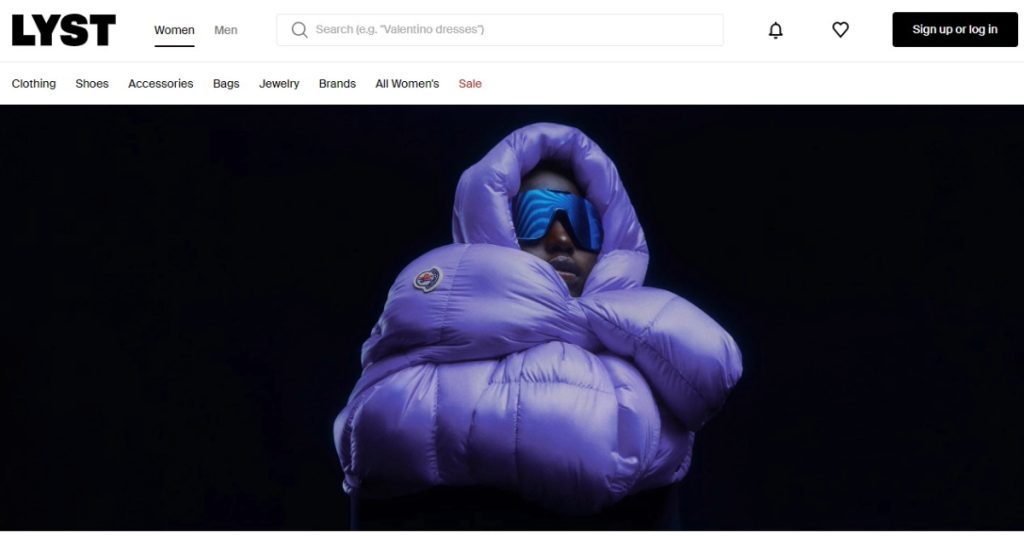
Lyst marketplace case study: book a demo to start yours
Lyst, a fashion e-commerce platform, gathers and selects items from different online retailers and brands, providing users the opportunity to explore and purchase an extensive array of clothing, accessories, and footwear, conveniently available in a single location. If you’d like to start your own marketplace like Lyst, you’re facing a buy vs build decision. So before you decide to build it in-house on top of Spree open-source, consider using the feature-rich Enterprise Edition cutting your time-to-market to a few weeks.
Build vs Buy a marketplace?
The decision to use open-source has many upsides, such as having full ownership and the flexibility to modify as needed, but these benefits come at a price. Building a complete marketplace solution is a lengthy and costly venture, often extending over months or years, as observed from various marketplace projects.
To launch faster and avoid the pitfalls of custom development, the smarter choice is a proven, enterprise-ready platform like Spree Commerce Enterprise Edition—trusted by professionals who know how complex and costly marketplace projects can be when started from zero.
Back to the Lyst marketplace case study
Lyst, a leading online fashion marketplace, was established in 2010 in London with the aim of revolutionizing online fashion shopping.
Initially a small startup, Lyst focused on making fashion accessible to everyone. Over the years, it has grown into a significant online platform, embracing the internet and e-commerce to meet the increasing demand for convenient online shopping.
The success of Lyst can be attributed to several key factors. Primarily, its ability to offer a wide range of products from various brands and retailers under one digital roof makes it a one-stop shopping destination. This approach simplifies the shopping experience, allowing customers to find everything they need in one place without any complicated processes.
Additionally, Lyst’s constant curation of fashion trends and collections keeps shoppers updated on the latest styles. The platform’s user-centric approach, focusing on a seamless experience from browsing to checkout, further enhances customer satisfaction.
Lyst has become the go-to place for fashion enthusiasts seeking to discover and shop for the latest trends and styles, offering an extensive collection of clothing, shoes, accessories, and more.
The marketplace’s journey from a small startup to a massive online fashion platform highlights its successful adaptation to the evolving demands of the digital era and its commitment to making fashionable clothing accessible to a broad audience.
How to emulate Lyst marketplace success?
If you’re looking to replicate Lyst’s success, you might want to get your marketplace going sooner, in weeks rather than months. Check how your product lineup matches your audience’s interests and continually refine how you draw in customers based on real-world evidence.
Initially, test the market before investing heavily in building it.
Here’s how to get started:
- Book a marketplace demo call: We’ll help you evaluate Spree for your marketplace needs and get started with the Enterprise Edition
- Customize your Storefront: Use the drag & drop page builder or custom CSS
- Onboard Brands: Invite your brands or choose brands from our catalog
- Select Products: Curate products and collections manually or automate it
- Embed products: Make your content, newsletters, social media shoppable
- Get Paid: Get paid as soon as products are shipped by the brands
- End-to-end automation: brands sync, fulfillment, payouts, invoicing, taxes
When you’ve tried all that and it works, start thinking about building your own, custom-made marketplace project based on Spree Commerce. First, by decoupling the storefront and going headless with marketplace API, and later with your own backend, if you decide you really need it. Just lift and shift the storefront.
Nobody has to know what’s under the hood, right?



